Getting scratched by a cat can be a surprising and sometimes alarming experience. Whether you’re a seasoned cat owner or just visiting a friend with a feline friend, understanding how to properly handle a cat scratch is essential for your health and safety. In this article, we’ll explore the best practices for treating cat scratches, the symptoms to watch for, and how to prevent future incidents.

Introduction
Cats are playful and curious creatures, but their playful nature can sometimes lead to scratches. These scratches can range from minor to serious, depending on the circumstances. Did you know that nearly 50% of cat owners have reported being scratched at least once? Understanding what to do if you find yourself in this situation can make all the difference.
In this guide, we will cover everything from immediate first aid to long-term prevention strategies. Let’s dive into the world of cat scratches and ensure you’re prepared!
1. Common Causes of Cat Scratches
Cats may scratch for various reasons, including:
- Playfulness: Cats often scratch during play, especially if they’re overstimulated.
- Defensive Behavior: A cat may scratch if it feels threatened or cornered.
- Territorial Marking: Cats have scent glands in their paws and may scratch to mark their territory.
Understanding these behaviors can help you interact with your cat safely. Are you aware that a cat’s scratch can be a sign of affection as well? Knowing when to engage and when to hold back is crucial.
2. Symptoms of a Cat Scratch
Recognizing the symptoms of a cat scratch is vital for effective treatment. Here are some common signs to look for:
- Minor Scratches: Redness and slight swelling are typical. These usually heal quickly.
- Moderate Scratches: Increased pain, noticeable swelling, and possible bleeding.
- Severe Scratches: Signs of infection, such as pus, intense pain, or fever.
Did you know? Approximately 30% of cat scratches can lead to infections if not treated properly. Being aware of these symptoms can help you take prompt action.
3. Immediate First Aid Steps
If you get scratched by a cat, follow these essential first aid steps:
Step 1: Clean the Wound
The first thing to do is to wash the scratch with soap and warm water. This helps remove any dirt or bacteria.
Why is this important? Cleaning the wound reduces the risk of infection significantly.
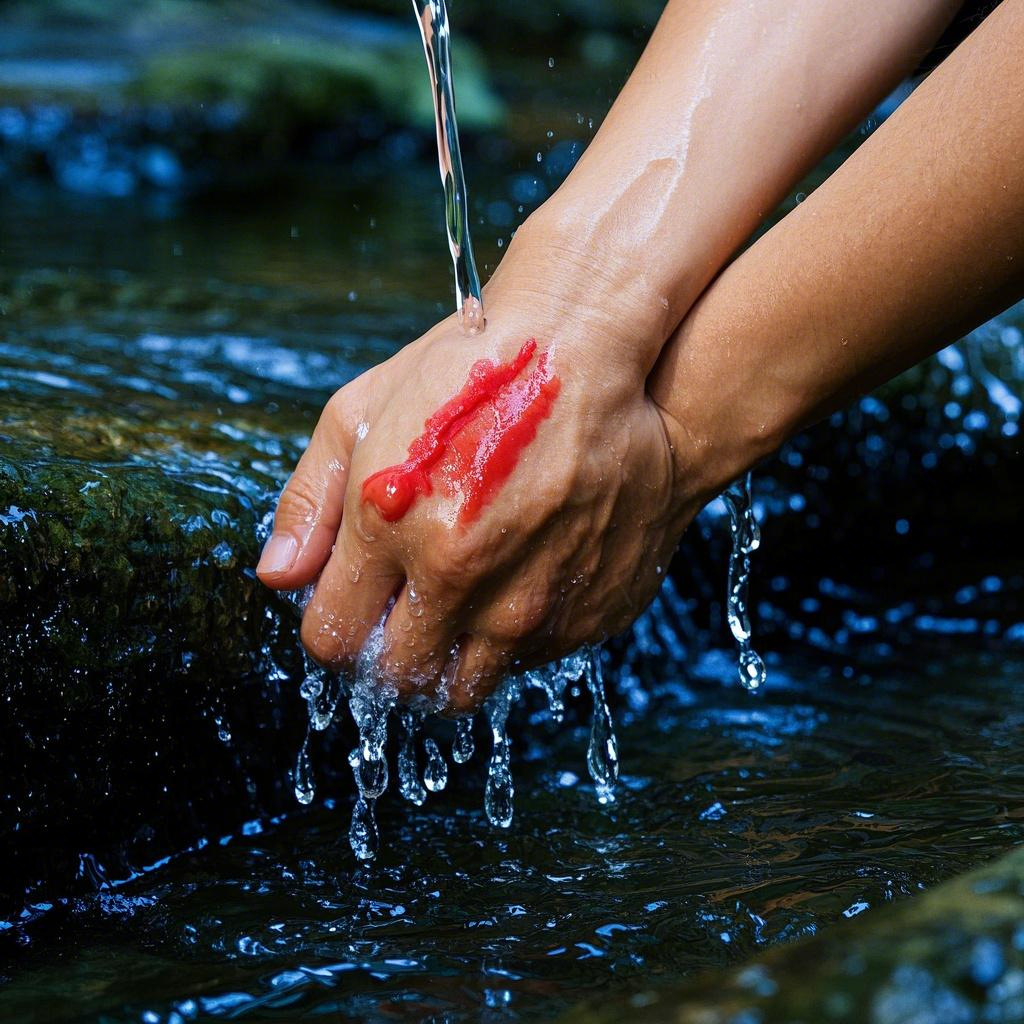
Step 2: Disinfect
After cleaning, apply an antiseptic solution to the scratch. This can be hydrogen peroxide or an alcohol wipe.
Tip: Avoid using alcohol directly on open wounds, as it can cause pain.
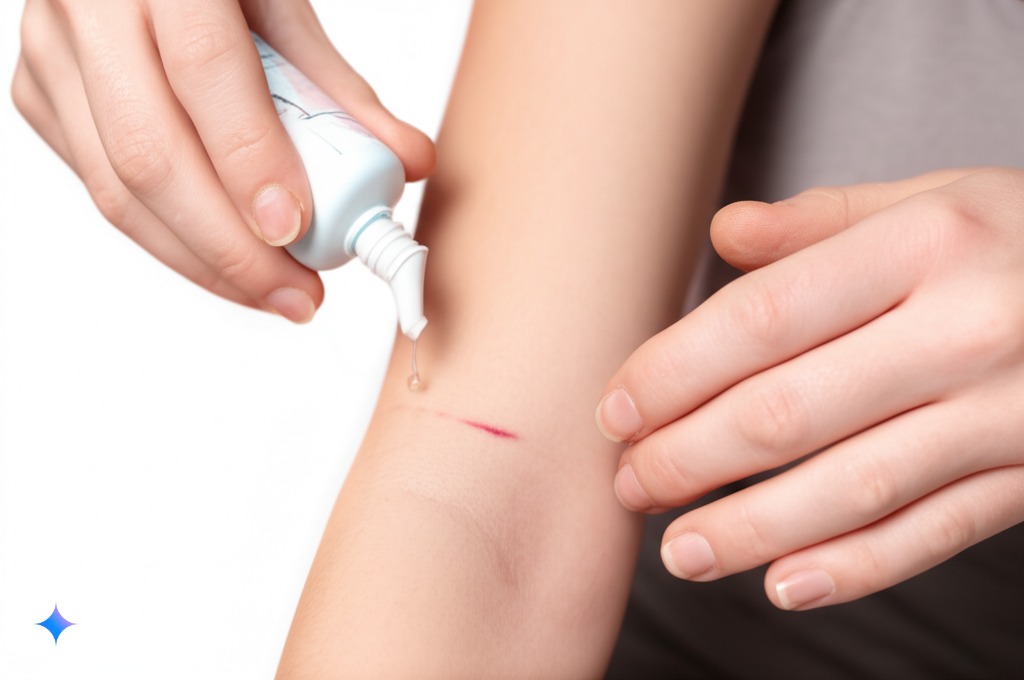
Step 3: Stop Any Bleeding
If the scratch is bleeding, apply gentle pressure with a clean cloth or bandage until it stops.
Fun Fact: Most cat scratches will stop bleeding within a few minutes if treated properly.
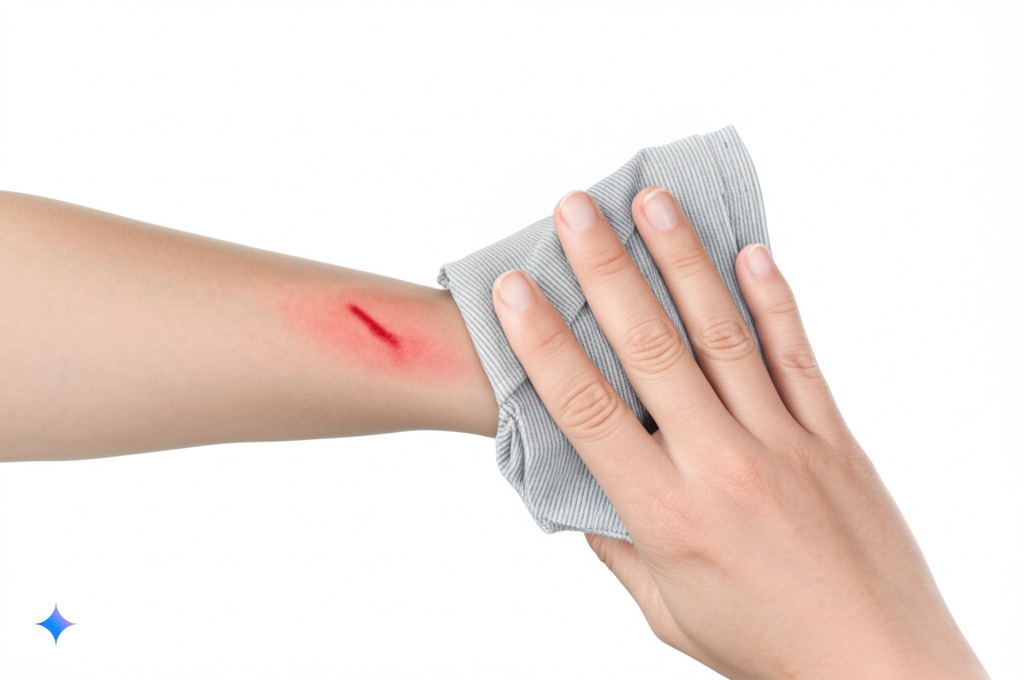
Step 4: Bandage the Wound
Once the bleeding has stopped, cover the scratch with a sterile bandage. This protects it from dirt and bacteria.
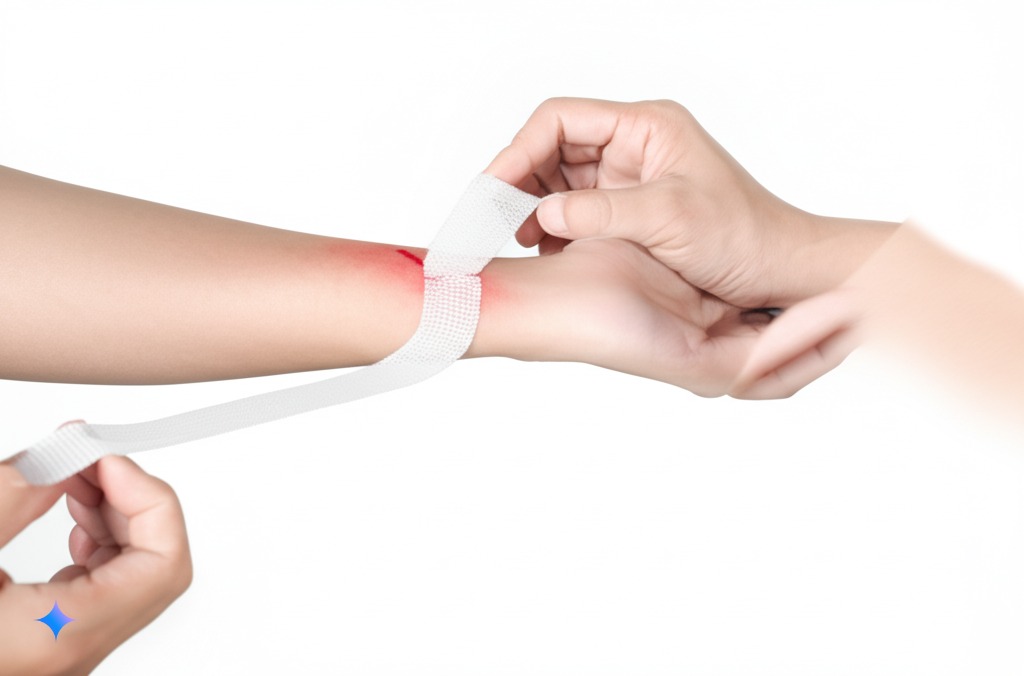
4. When to Seek Medical Help
While most cat scratches can be treated at home, some situations require professional medical attention. Seek help if you notice:
- Signs of Infection: Redness, swelling, or pus.
- Fever or Chills: These could indicate a more serious infection.
- Severe Pain: If the pain worsens instead of improving.
Remember: About 15% of cat scratches can lead to serious infections if left untreated. Don’t hesitate to consult a healthcare provider if you’re unsure.
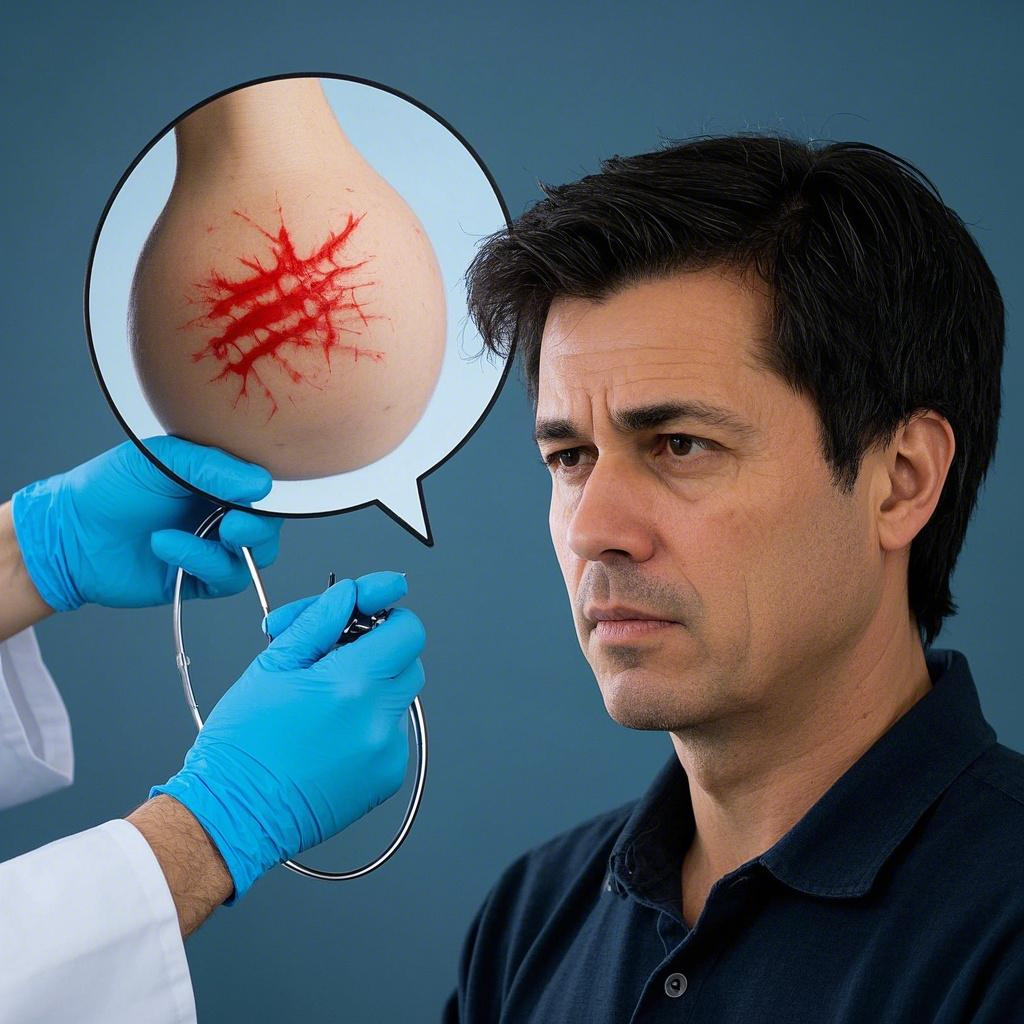
5. Preventing Cat Scratches
Prevention is always better than cure! Here are some effective strategies to reduce the risk of getting scratched:
Use Toys for Play
Instead of using your hands to play with your cat, use toys like feather wands or laser pointers. This keeps a safe distance between your hands and the cat’s claws.

Regular Nail Trimming
Keeping your cat’s nails trimmed can significantly reduce the severity of scratches. Regular grooming sessions can help with this.
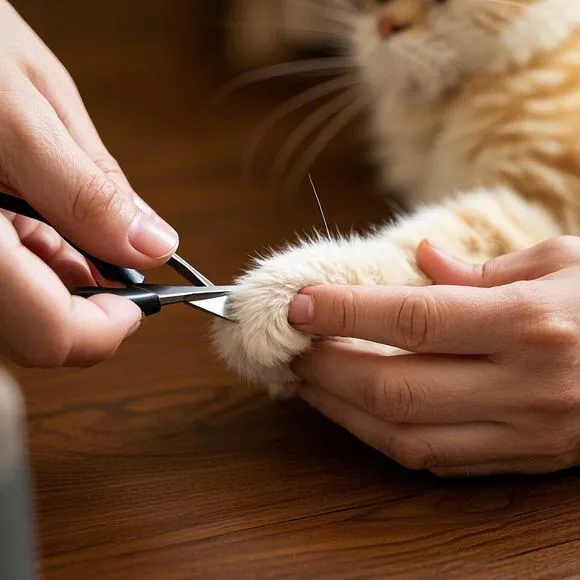
Understand Cat Body Language
Learn to read your cat’s body language. If your cat’s ears are back or its tail is twitching, it might be time to back off.

6. Conclusion
In conclusion, handling cat scratches properly is crucial for your health and safety. By following the steps outlined in this article, you can ensure that you treat any scratches effectively and prevent future incidents. Remember, the key to a happy relationship with your feline friend is understanding their behavior and respecting their boundaries.
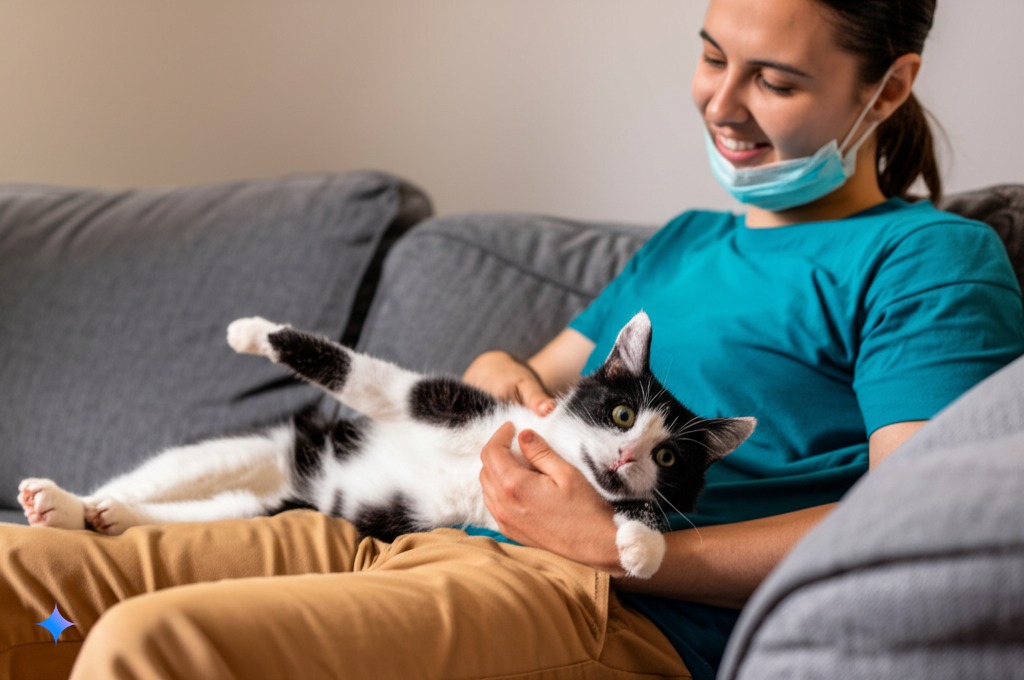
FAQ
1. What should I do immediately after getting scratched by a cat?
- Clean the wound with soap and water, apply antiseptic, and cover it with a bandage.
2. How can I tell if a cat scratch is infected?
- Look for symptoms like increased redness, swelling, pus, or fever.
3. Are cat scratches dangerous?
- They can be if not treated properly, as they may lead to infections.
4. How can I prevent getting scratched by a cat?
- Use toys for play, trim nails regularly, and understand cat body language.
5. When should I see a doctor for a cat scratch?
- If you notice signs of infection or if the scratch is deep and painful.
By following these guidelines and understanding the nature of cat scratches, you can enjoy a safe and fulfilling relationship with your feline friends. Remember, knowledge is your best defense!